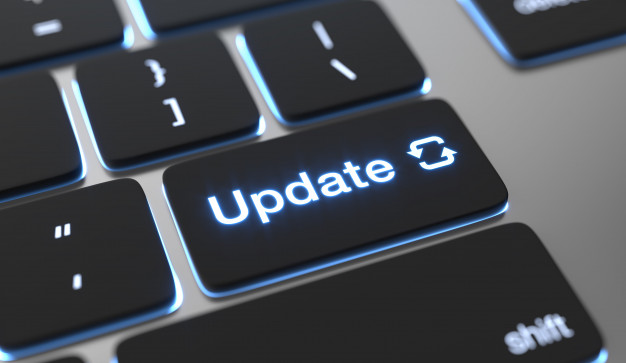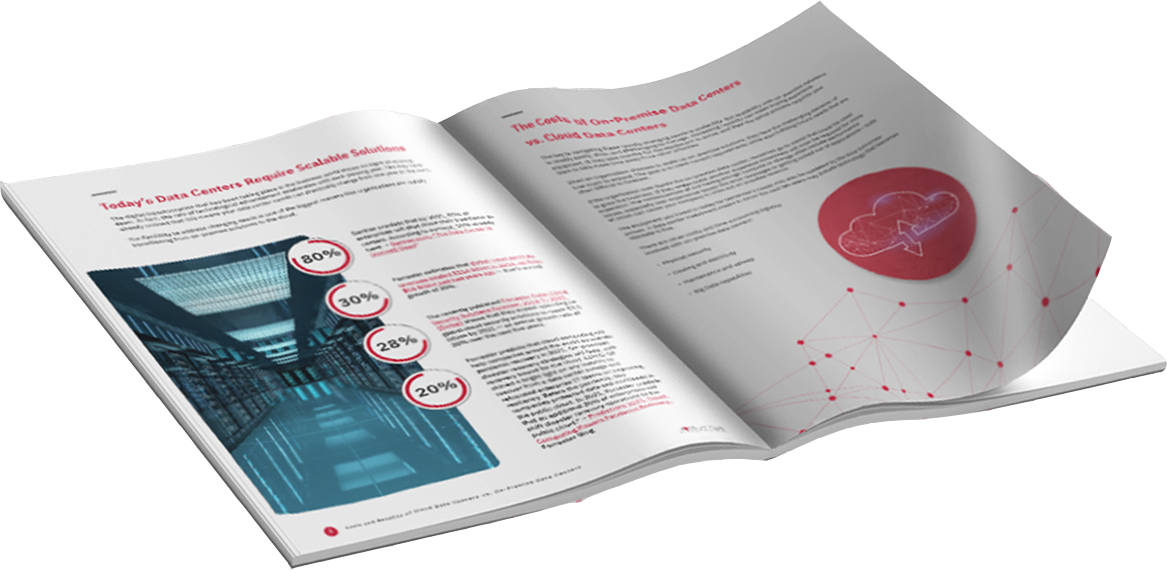
What is Desktop Analytics?
As defined by Microsoft: “Desktop Analytics is a cloud-based service that integrates with Configuration Manager. The service provides insight and intelligence for you to make more informed decisions about the update readiness of your Windows clients. It combines data from your organization with data aggregated from millions of devices connected to Microsoft cloud services.”
Why is Desktop Analytics so important?
That description falls a bit short on one important detail: Windows 10 is not like any previous version of Windows desktop operating system. Updates for Windows 10 are delivered twice a year and previous versions fall out of support just as frequently. At the writing of this article Windows 10 Version 1909 (September 2019) has just gone out of support on May 11, 2021 and Windows 10 Version 2004 is slated to go out of support on December 14, 2021. This is a much faster cycle than previous versions of Windows and much faster than most organizations were prepared to handle.
Windows 10 Feature Updates are the modern method of upgrading from one version of Windows to another. Unlike previous versions, Windows 10 was designed for in-place upgrades and these Feature Updates are what enables this capability. Desktop Analytics helps to bridge the gap between versions with less drama and uncertainty. You can use Desktop Analytics with Configuration Manager to:
- Create an inventory of applications running in your organization.
- Assess application compatibility with the latest Windows 10 Feature Updates.
- Identify compatibility issues and receive mitigation suggestions based on cloud-enabled data insights.
- Create pilot groups that represent the entire application and driver estate across a minimal set of devices.
- Deploy Windows 10 to pilot and production-managed devices.
What are the benefits of Desktop Analytics?
With the pace of Windows 10 updates, many customers have challenges with getting and staying current. The biggest challenge is testing applications because the process is typically manual and time-consuming. The benefits of using Desktop Analytics are:
- Device and software inventory – Inventory of key factors such as apps and versions of Windows.
- Pilot identification – Identify the smallest set of devices that provide the widest coverage of factors. It focuses on the factors that are most important to a pilot of Windows upgrades and updates. Making sure the pilot is more successful allows you to proceed more quickly and confidently to production deployments.
- Issue identification – Using aggregated market data along with data from your environment, the service predicts potential issues to getting and staying current with Windows. It then suggests potential mitigations.
- Configuration Manager integration – The service cloud-enables your existing on-premises infrastructure. Use this data and analysis to deploy and manage Windows on your devices.
The goal of Desktop Analytics is to provide extensive data to understand your environment prior to a production roll out of a new Windows 10 Feature Update. Desktop Analytics is not used to deploy a Windows 10 Feature Update – Configuration Manager is still the master of the actual deployment
So what’s next?
If this overview of Desktop Analytics sounds like the boost you need to get current and maintain your Windows 10 environment, we would love to talk to you. If you have already gotten involved with Desktop Analytics but need some assistance with deployment planning and execution, contact Rutter to start a conversation about your organization’s needs – we can help you find the best path forward.




Comments